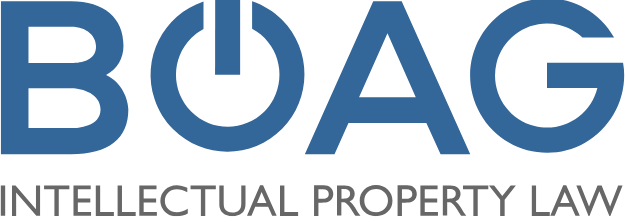The top entry on our list of hottest subject matter areas for patent coverage will come as no surprise. AI and software are absolutely everywhere right now and while the rules can be complex, many of these innovations do qualify for patent protection—with the right approach.
Start With the Statute
Patent eligibility in the U.S. begins with § 101 of the Patent Act, which allows patents for any “new and useful process, machine, manufacture, or composition of matter.” Courts have put a limit on that broad umbrella, barring patent covering for abstract ideas, laws of nature, and natural phenomena. Alice Corp. v. CLS Bank Int’l, 573 U.S. 208 (2014).
Since these so-called “judicial exceptions” are the basic tools of scientific and technological work, permitting exclusive rights for these tools may impede innovation rather than promote it—the whole purpose of the patent system.
That “abstract ideas” exception is what often snags AI- and software-based inventions, especially when it’s described too generally or functionally.
You may be wondering: What’s an abstract idea? Courts have famously declined to explicitly answer the question, instead analogizing to past cases rather than offering a clear definition. Enfish, LLC v. Microsoft Corp., 822 F.3d 1327 (Fed. Cir. 2016).
Put simply: describing what your software does isn’t enough. You need to show how it works in a technically specific, inventive way. That’s why the USPTO’s real-world examples—and recent court decisions—are key to understanding the boundary between eligible and ineligible claims.
What the USPTO Says About Eligible Subject Matter
Since Alice, the USPTO has been publishing and refining its guidance for applicants, which includes nearly 50 detailed, real-world examples of what has been found to be eligible and what didn’t make the cut.
✅ What Works for § 101
- Solve a technical problem. Improvements to system performance (e.g., faster computation, reduced memory) are often eligible.
- Specify the implementation. Eligibility improves when claims explain how the result is achieved using concrete steps.
- Practical application. Abstract ideas must be meaningfully tied to real-world use (not just stated as useful).
❌ What Fails under § 101
- Claims based on math, logic, or steps doable in the mind (e.g., ranking, comparing, scoring).
- Generic computer use. Using a computer to carry out an idea doesn’t make it patentable.
- Desired results without method. Claims that describe what to do (e.g., recommend, analyze) but not how.
Expert Help is Critical for Software and AI Concepts
Expert help is more important here than ever. You only get one shot at filing your patent application—and it needs to be right the first time.
An expert will:
- Pinpoint the real technical problem your software solves
- Explain how your solution works—architecturally and algorithmically
- Draft claims and specs that meet the evolving § 101 standard
Final Word
Software and AI concepts can absolutely be patented—but only when the invention is described with enough technical depth to show that it’s more than an abstract idea. You need to show a specific technical solution, implemented in a concrete way, with clear real-world utility.
If you’re building something innovative, we’d love to help you protect it.
